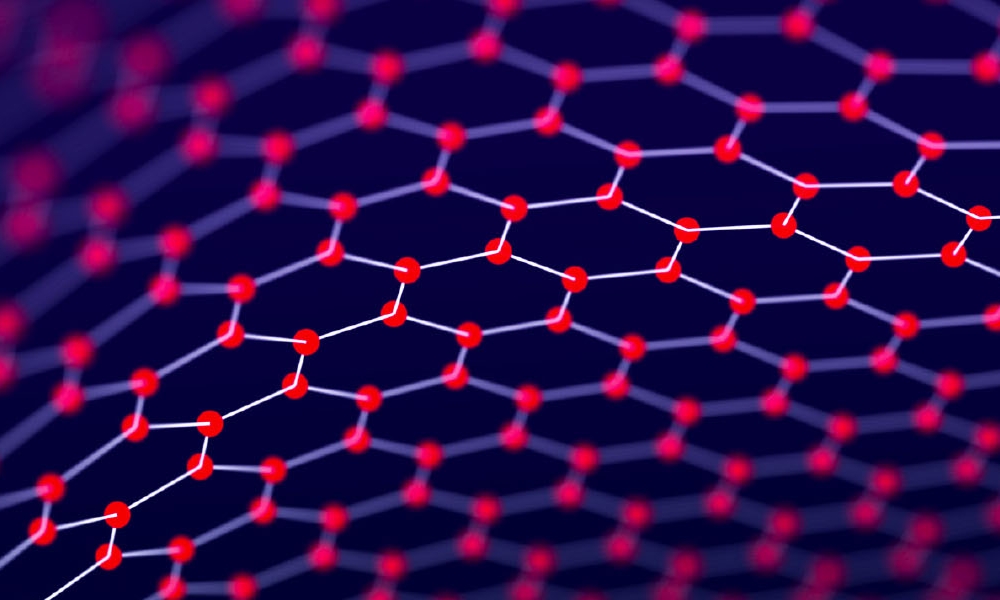The Magic of Discovery: Genentech's Futurelab changes education in South San Francisco
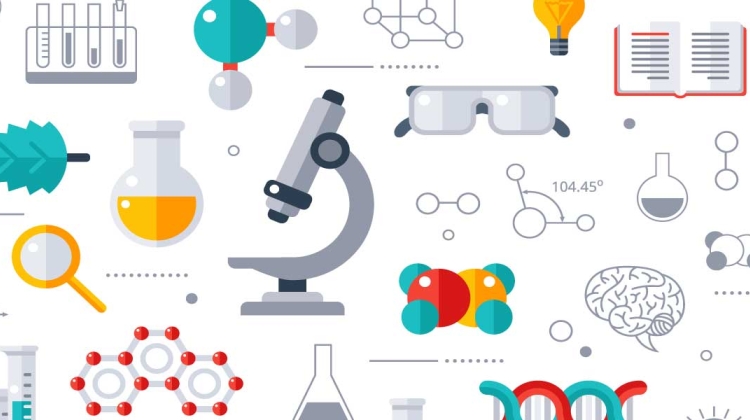
For the jobs of tomorrow, STEM fields—science, technology, engineering, and mathematics—are powerful economic competitiveness drivers: 80% of the fastest-growing occupations depend upon mastery of math and science, and 92% of traditional STEM jobs require at least some post-secondary education and training. But in the United States, almost 50% of students have lost interest in the sciences by eighth grade, and only 6% of high school students ultimately choose a STEM degree in college.
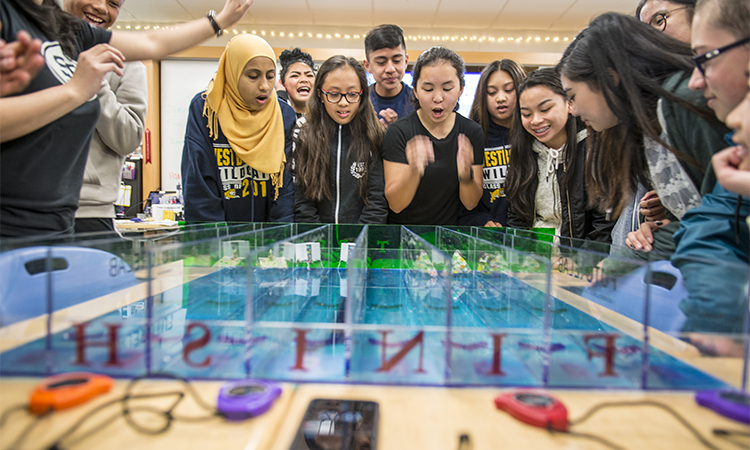
While these issues exist nationwide, they are particularly pressing in California. South San Francisco faces even greater challenges. Once known as the “Industrial City” for its steel mills and paint factories, South San Francisco has become a thriving biotech hub. This transformation is often lost on local students, however. More than 30% are English-language learners and 40% come from low-income families. Only one in three goes on to college. Until recently, most couldn’t even dream of a fulfilling and productive career in the sciences.
With its well-known support for education, Genentech (a member of the Roche group) saw this as an opportunity to help and invest in its local community. The biotechnology fi rm partnered with the South San Francisco Unified School District (SSFUSD) to launch “Futurelab”: a science-education program for all students in grades K–12, designed to create a pipeline of future scientific talent in the Bay Area.
By promoting hands-on learning, mentorship, and healthy doses of teamwork, Genentech hopes to ignite “the magic of discovery” in children’s natural desire to learn and solve problems. The company’s goal is to spark a love of exploration and innovation in the fascinating world of science.1
Futurelab’s groundbreaking curriculum was showcased in a keynote address by Carla Boragno, Vice President Site Services, Genentech, at the ISPE Facilities of the Future Conference, 20 February 2018, in Arlington, Virginia.
“Science starts with students,” she said. “It can take years for our scientists to develop a new medicine. And in that time, a student can develop into a scientist—just in time to start work on the next medicine.
“We designed our Futurelab programs with the goal ofinspiring students to pursue careers that are needed for the jobs of today and tomorrow, right in their own backyard,” she said. “These students are the future of science, and we want to arm them with the skills needed to solve some of the greatest unmet needs in medicine and beyond. Through Futurelab, our mission is to develop a center of science education excellence in South San Francisco for all students in kindergarten through 12th grade, and create a pipeline for future talent.”
THREEFOLD STRUCTURE
Futurelab has three distinct programs for students of different ages. They are designed to bring science to life by progressing from “excite” to “engage” and finally, “equip.”
- 1Genentech. “Advancing Science in Our Own Backyard.” https://www.gene.com/good/local-initiatives/science-education
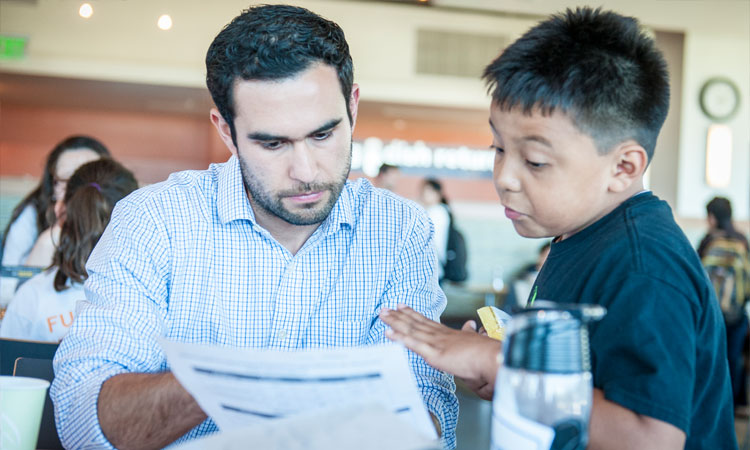
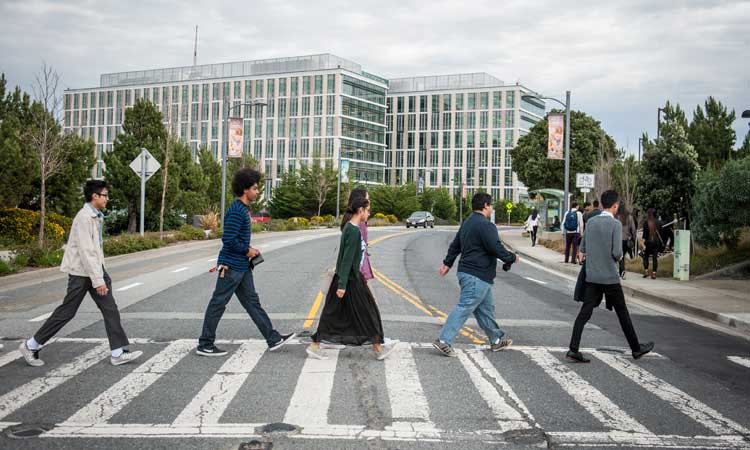
Gene Academy
Excite
Begun in 2008, Gene Academy is a program focused on elementary school students in SSFUSD that promotes hands-on science activities. Students come to the company’s campus once a week, where they are each paired with two mentors who help with science projects, homework, and other creative learning activities.2 Since the program’s inception almost 10 years ago, nearly 1,300 students have been mentored. “We want to teach them that science can be fun and people who work in science come from different backgrounds,” Boragno said.
Helix Cup
Engage
For middle school students, Helix Cup is an annual science competition for all SSFUSD eighth graders. “It’s hands-on science engagement,” said Boragno. “It gets kids thinking they can do science, and teaches teamwork and resiliency.”
Helix Cup begins as student teams challenge each other within their classroom. Top teams go on to compete against other classes in their school and then move on to compete with other middle schools across South San Francisco. The finale is a full-day event held at Genentech headquarters. This competition not only exposes students to the world of science; it helps them learn problem-solving skills like teamwork, resilience, and perseverance—skills that are valuable inside and outside of the lab.3
Science Garage
Equip
Science Garage is a University of California/California State University–approved biotech curriculum for high school students. To house the curriculum, Genentech designed and built a 7,000-square-foot $7.8-million classroom and state-of-the-art biotech lab at South San Francisco High School—the only one of its kind for SSFUSD. “Our scientists were amazed when they first saw Science Garage; they remarked that they only had these kinds of labs in graduate school,” said Boragno.
Science Garage is designed help high school students explore biotechnology and kindle interest in STEM careers. Classes are hands-on and lab-focused; each lab is an example of what has been tested in university and industry labs.
Genentech also awards two four-year scholarships of $50,000 per year for outstanding students who plan to pursue a degree in the sciences.1
- 2Genentech. “Genentech Announces New STEM Education Initiative to Support South San Francisco Schools.” Press release, 4 May 2015. https://www.gene.com/media/press-releases/14589/2015-05-04/genentech-announces-new-stem-education-i
- 3Genentech. “Helix Cup.” https://www.gene.com/good/local-initiatives/science-education/helix-cup
- 1
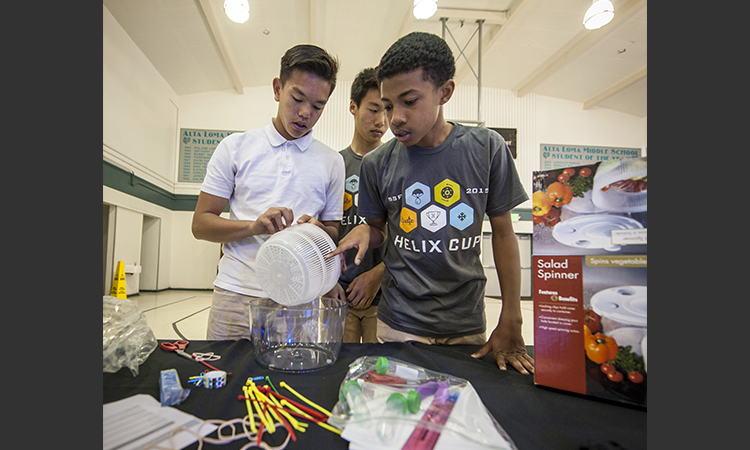
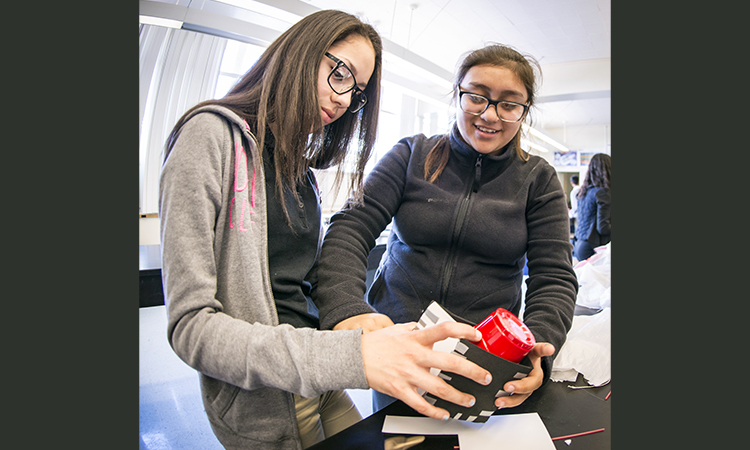
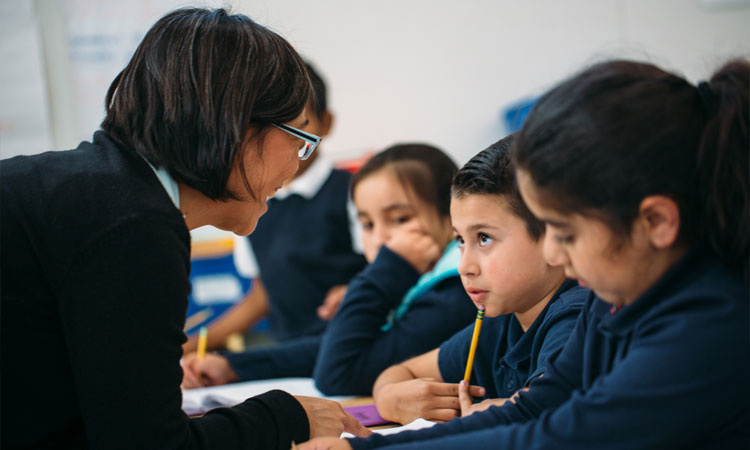
Teacher benefits
Futurelab equips science teachers and expands the SSFUSD curriculum with professional development training, Genentech employee volunteers, and other resources to present engaging science lessons of their own.4
“Futurelab will better equip teachers in our local community to nurture scientific curiosity in kids at every grade level,” said Genentech CEO and head of North American commercial operations Bill Anderson.2
Our mission is to develop a center of science education excellence and create a pipeline for future talent.
BENCHMARK RESULTS
The Futurelab program has set a benchmark in science education. It’s been so successful that it was awarded a US2020 STEM Mentoring Award in 2016 for excellence in public-private partnerships,5 and was recently named on Fast Company’s list of the World’s Most Innovative Companies for 2018.6
Boragno identified the unique characteristics that make it successful.
- Focus. Futurelab’s “hyper-local” approach is aimed at a single school district that allows Genentech to continually build on its effectiveness, working closely and in partnership with SSFUSD.
- Mentoring. By connecting Genentech employee mentors with students, children can learn about what people do at Genentech and biotech careers in general. Genentech believes this will enable more kids to think about career paths they might not otherwise envision.
- Hands-on STEM activities. Students love learning when they’re engaged in something meaningful and fun.
- Engage all students. “This is for all kids—not just the top of the class,” Boragno said.
The results for students and teachers has been nothing short of extraordinary:
- Excite: 73% of students reported an increased interest in science and biotech
- Engage: 76% of students discovered that they can learn and understand new science concepts
- Equip: 77% of students were “very” or “extremely” interested in attending college after taking our biotech course and 48% of students are more interested in pursuing a career at a company like Genentech as a result of the biotech course
- 100% of teachers report that they have or will incorporate content from Futurelab into their everyday teaching
- 83% of teachers increased their confidence in teaching science
- 67% of teachers reported renewed enthusiasm for teaching
But students aren’t the only ones who benefit. “The program also gives our employees the chance to get involved through volunteering and mentoring,” Boragno said.
- 100% of volunteers reported they were able to effectively support students’ in-classroom learning
- 95% of volunteers reported that volunteering contributes to Genentech being a great place to work
- 91% of volunteers reported they were able to strengthen or build new skills as the result of volunteering with a Futurelab program
- 4Organization for International Investment. “Bright Futures: Genentech Makes Learning Fun in South San Francisco.” https://ofi i.org/bright-futures-genetech-makes-learning-fun-south-san-francisco
- 2
- 5US 2020. STEM Mentoring Awards. 2016 STEM Mentoring Award Winners. Excellence in Public-Private Partnerships: Genentech, Inc. https://us2020.org/sma_winners/2016
- 6Fast Company. The World’s Most Innovative Companies 2018. “Genentech.” https://www.fastcompany.com/company/genentech
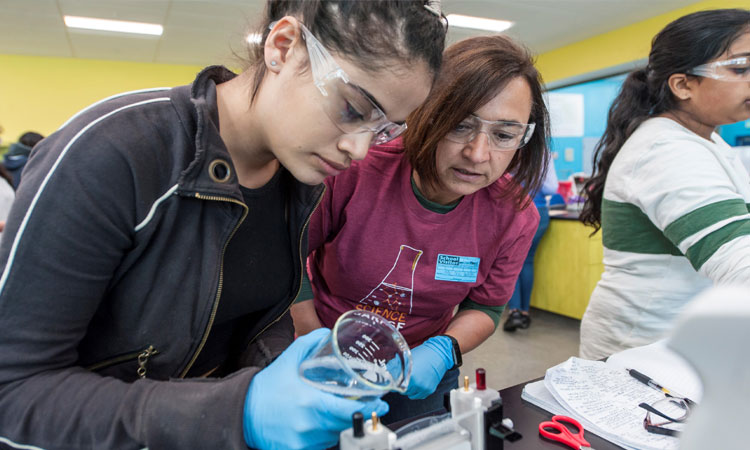
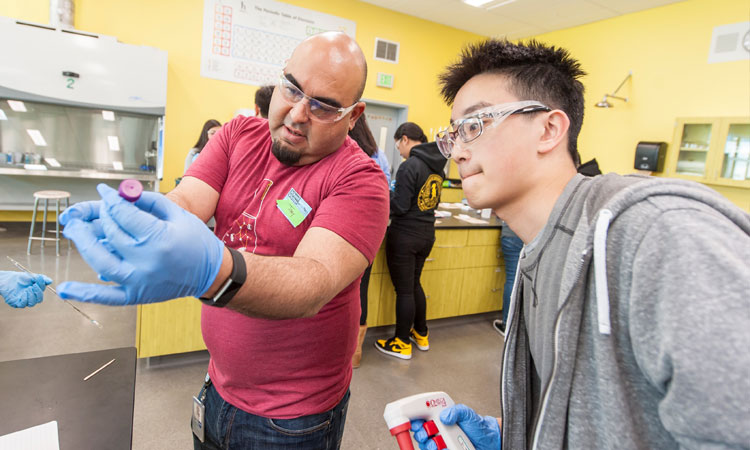
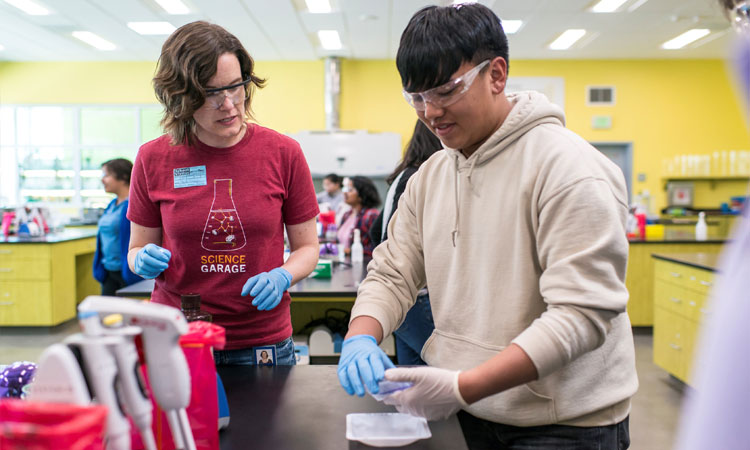
BUT WAIT—THERE’S MORE
Futurelab teaches more than science, Boragno said. “What we see is that hands-on work activates students who were previously ‘checked out,’ and that real-world relevance helps all students get interested, not just the best and brightest. On our side, this human-centered approach also allows our employees to experience, first-hand, the impact of their work and allows them to grow and develop themselves.”
Boragno encouraged her listeners to look for similar opportunities in their cities. “There’s a need for companies to engage,” she said. “Many of your current assets will be valuable, and time spent volunteering benefits business. Think about the role that you can play in developing future talent.”
In closing, Boragno thanked the audience for “sharing a journey that Genentech has taken to cultivate talent. We hope it inspires you to do something about this as well.”
Photos and infographic courtesy of Genentech. Reprinted with permission.
